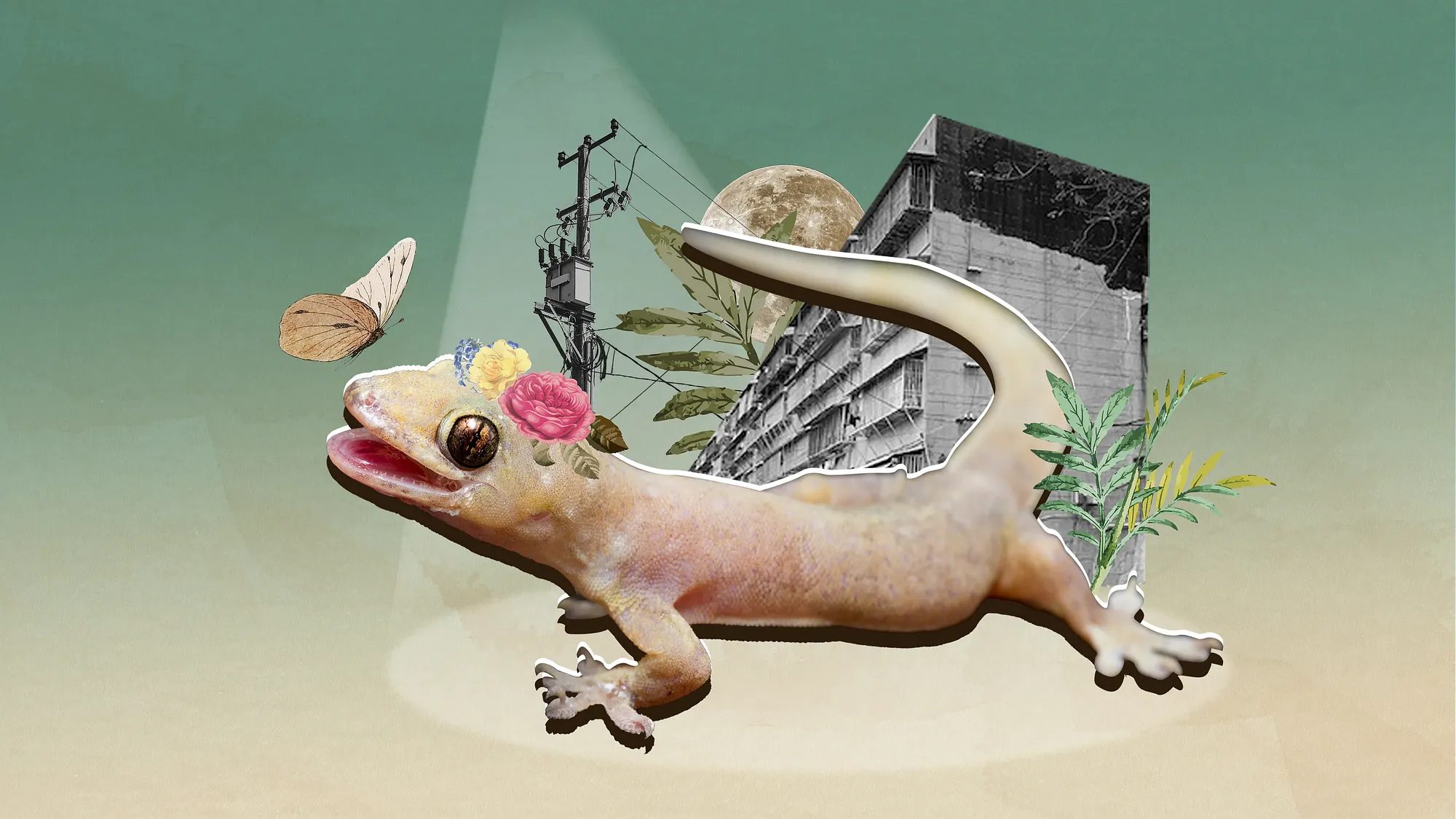Beauty and savagery are often intertwined.
A book, a beer and some shade, what else does one need?
Rumored to be Saigon’s most ancient tree, at over 300 years old, cây đa (banyan tree) in Lý Tự Trọng Park offers perpetual shade; I just need to bring the 333 and my favorite collection of poems. But often, distracted by some blaring bike horn and group of exercisers, my eyes drift from the page and I find my attention snared in the tree’s splendorous limbs. Staring into the tendril-tangled canopy, the hundreds of twisting roots that tumble down from arching branches to anchor in the earth remind me of how beauty and savagery are often intertwined.



Photos by Alberto Prieto
Cây đa is proof of the forest’s violent ways
It’s easy to romanticize nature; to see harmony, balance, and peace where, in fact, organisms are engaged in constant warfare. Đa (Ficus benghalensis) is proof of the forest’s violent ways, and it truly earns its nickname: “strangler fig.” Life begins for cây đa when a small seed lands on another tree. Taking hold, it overwhelms the host, growing so large it kills the original plant, like licked fingers snuffing out a candle flame. When it ages, its aerial prop roots clot and fuse with the trunk as it continues to spread, stealing space and sunlight from other plants, resulting in the idiom “nothing grows under the banyan.”
“Strangler fig”
Cây đa (Ficus benghalensis) is proof of the forest’s violent ways and it truly earns its nickname: “strangler fig.” Life begins for cây đa when a small seed lands on another tree.
The violence of the particular tree on Lý Tự Trọng extends beyond the basic nature of cây đa. Unconfirmed rumors suggest that executed prisoners were once buried beneath it, and thus it grew thanks to nutrients slurped from human blood, bone, tendons, teeth and organs. Whose ancestors gave their flesh to the tree’s heartwood that supports lush, rubbery leaves and small fruits? Đa fruit are edible, but not flavorful. When they are in season, I suggest strolling to the park and eating one. The bland, mealy taste might compel you to reflect on of all the world’s banal carnage that has preceded you, and will certainly continue after you die.

Macabre stories surround more than this individual cây đa, however. Legends and folk tales regarding haunted banyans abound in Vietnam. Older generations may warn of traveling beneath them alone at night or loitering in their presence during ghost month, as they are frequently filled with ghosts. To placate the spirits that get caught in their gnarled roots, people will sometimes place an altar at their trunk and provide offerings.
Legends and folk tales regarding haunted banyans abound.
Like all things, however, cây đa contain contradictions. They often occupy a prominent place in rural communities as exemplified by the phrase cây đa, bến nước, sân đình (banyan tree, river, communal house yard), which refers to the essentials of village life. Similarly, to describe someone as cây đa, cây đề suggests they have great experience and wisdom. They also appear as calming, nostalgic images in many folk ballads and poems, such as the line “cây đa bến cũ, con đò khác đưa” (“the banyan still remains at the old river wharf, but the old boat to bring me across is no longer there”). Thus, they can be both ghastly harbingers of horror and as gentle as a parent’s soothing lullaby.
Cây đa’s incongruous nature extends to their purpose. I personally have never relied on one for much more than gazing at it and being moved by its aesthetic wonders, in the same way I watch ocean waves disassemble against an ocean cliff, smell the scent of fresh rain wafting up from parched soil, or listen to an owl cry on a desolate evening. But others have found a multitude of uses for them. Its aerial roots can be used as a rope, in India the leaves sometimes serve as simple bowls, and different cultures have integrated it into traditional medicine to treat a variety of ailments.

Even if you don’t eat meat, animals will die for what you consume

The idea of “purpose” isn’t just about humans though. We noted in a previous article of Natural Selection that they are an important food source for cầy mực, who in turn play a major role in dispersing their seeds. They also provide homes to various birds and insects while producing prodigious amounts of oxygen. For wasps, it’s a bit more complicated. Cây đa reproduce via syconium, which is essentially a fleshy stem surrounded by tightly packed flowers. A certain species of wasp must crawl inside to pollinate it, but in doing so, its wings fall off and it dies after laying eggs. So in essence, the tree survives by being both a nursery and a crypt for wasps. The situation calls into question whether vegans can eat figs, and serves as a reminder that even if you don’t eat meat, animals will die for what you consume, be it via habitat lost for farmland or fertilizers poisoning wild creatures.
When I sit beneath the Lý Tự Trọng Park’s banyan tree, I cannot help but think about these conflicting notions of the tree and, by extension, nature as a whole. It is the result of ruthless competition, and also an important part of the forest’s complex ecosystem; it is incredibly beautiful but mostly worthless to me; it can frighten or placate: all these opposing characteristics are interlaced like its many roots. If you ever catch yourself thinking anything in this world is simple, visit a cây đa.
















